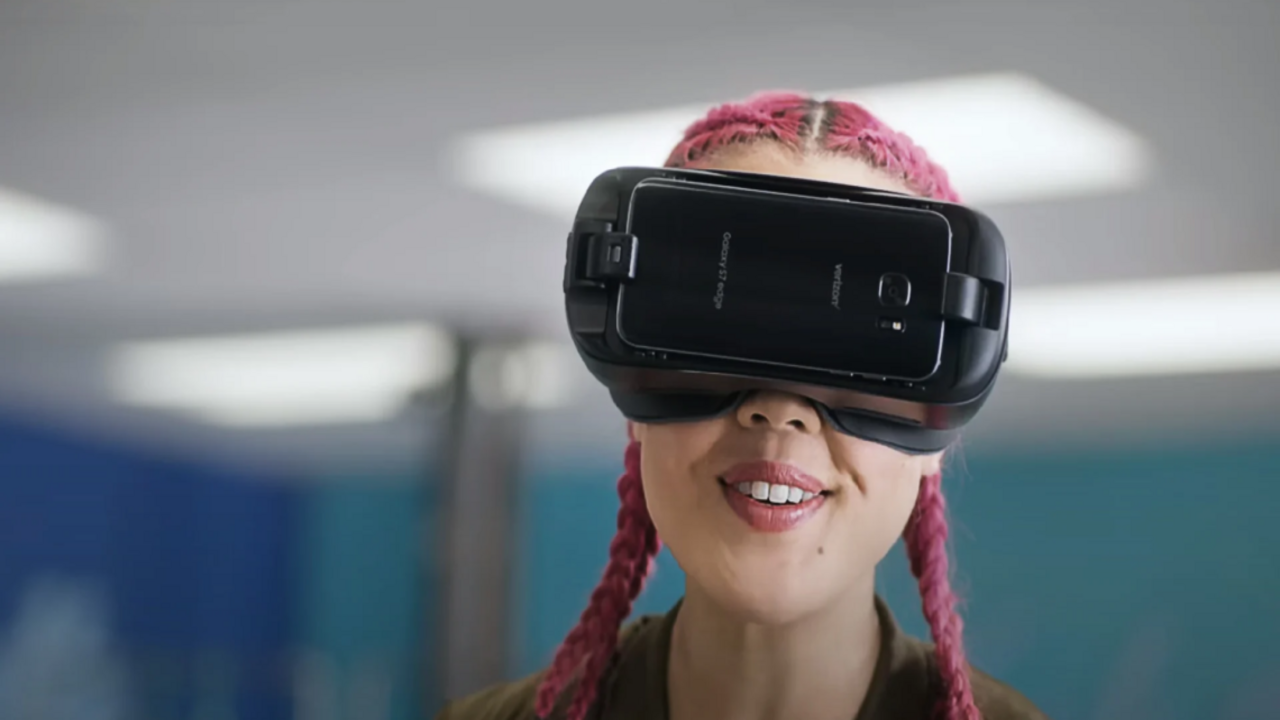Samsung is making a significant software choice for its long-rumored mixed reality (XR) headset project. It has been confirmed that the company will use its in-house mobile interface, One UI, on this device. This information indicates that Samsung is preparing to offer a software experience specifically optimized for the XR platform.
Samsung is developing a One UI version for XR headsets
In response to a question from Shiftdelete.net founder Hakkı Alkan, Samsung executives clarified the matter: “We are already developing the user interface for the XR. Therefore, One UI is being developed and will be implemented for the XR. Going forward, we will develop the interface in a more audio-centric and multimodal way. This will be the direction we will take,” confirming the rumors that had been circulating recently.

Samsung’s XR headset runs on an Android-based operating system. The device’s software infrastructure is being developed as part of a strategic partnership between Google and Qualcomm. This system, called Android XR, is developed by Google specifically for XR devices. However, Samsung is integrating its own user interface onto this core operating system.
The inclusion of One UI on the XR headset is directly linked to the company’s decision to bring the user experience derived from mobile devices to the world of mixed reality. Samsung is adapting the interface features offered on smartphones and tablets to this new platform. This way, users will experience a familiar interface on the XR headset, as they do on Samsung’s other devices.
On the hardware side, the headset, built on Qualcomm’s Snapdragon XR2+ Gen 2 platform, competes directly with rivals such as the Meta Quest 3 and Apple Vision Pro in terms of performance. It is stated that hardware-software integration will be as crucial to the user experience as it is to the device’s performance.
While Google continues to contribute to the software development process, the device will also feature Play Store integration. This will play a critical role in the accessibility of third-party apps. Samsung’s One UI layer will feature features such as controlling these apps, managing notifications, and customizing settings.
No official announcement has been made regarding the XR headset’s launch date. However, the device is expected to launch in 2025. The project’s development demonstrates the further blurring of boundaries between mobile and XR technology companies. Samsung’s move aligns with its goal of establishing a more holistic ecosystem at both the hardware and software levels.













